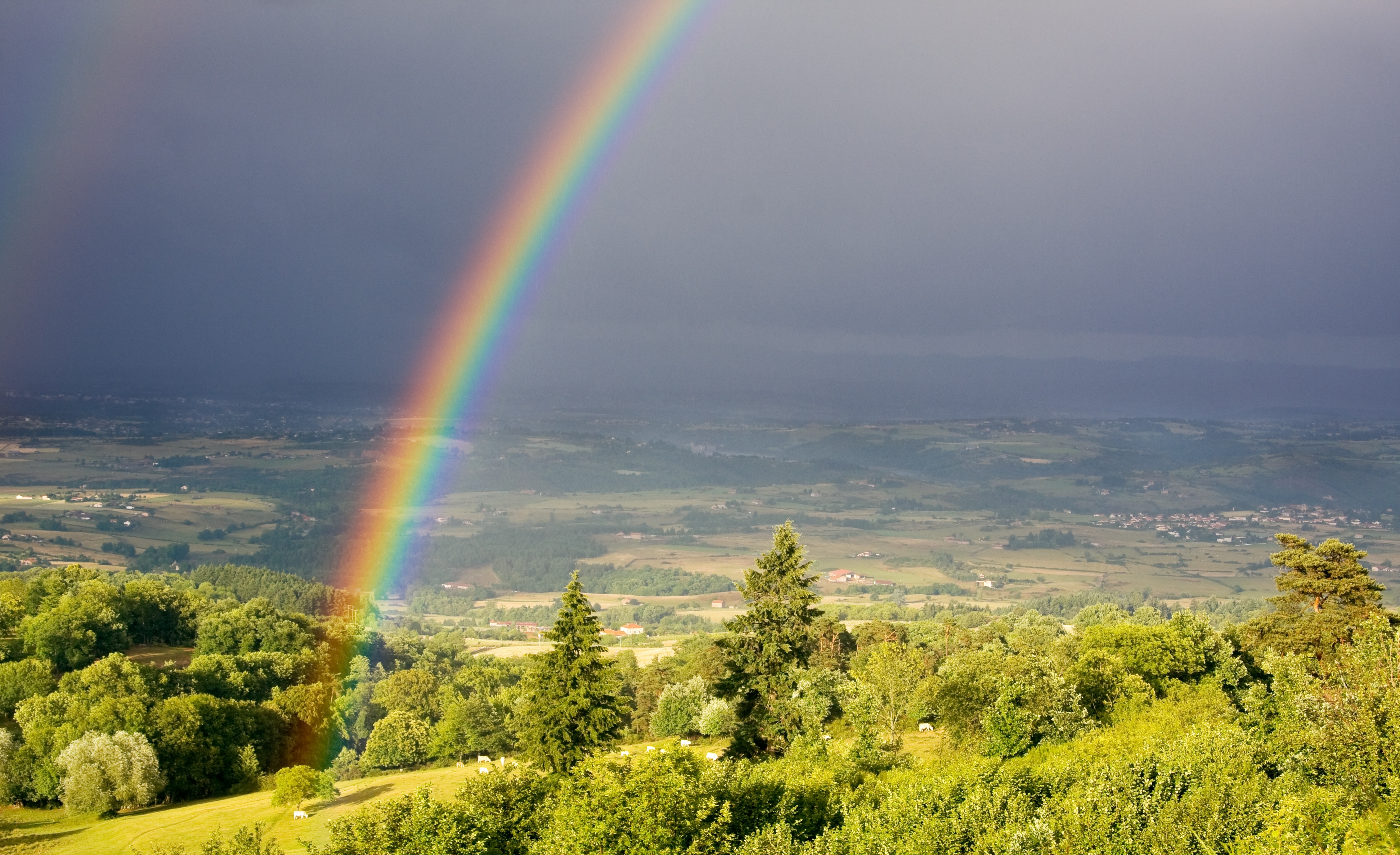Terroir leaves no single word in the english language that can be translated. So what exactly is terroir?
Terroir is a beautiful word to describe essentially the essence of a particular piece of land. More than just the piece of land itself, but also its climate and how it makes that area look, feel and smell. It’s the smell of the morning dew, the fragrance after the rain, the smell of the sunshine on the foliage. All very unique things that we cannot describe exactly. There is a root in the sensory memory, like the way the first rain of the year on asphalt might remind you of school, or your childhood. The way the smell of the redwoods reminds you of a certain hike you once did, bringing back memories of who you were with, how you felt, what you were wearing. All things that on a day-to-day you might not remember, but one whiff of that terroir, and it all comes back in floods, both mentally and emotionally.
Terroir is used not only in the making and describing of wines, but also in the classifications of areas (AVAs and AOCs for example). Sub-appellations are deemed certified when a unique terroir defines the taste of the grapes from there. For example, Napa has a certain terroir, but more definitively, Rutherford has its own focused terroir in and around the full scope of Napa’s terroir (Rutherford ‘dust’ anyone?). Same goes for Howell Mountain, Diamond Mountain, Yountville, Atlas Peak, etc…. They all have a unique terroir that separates each from each other. The same goes in France. The Bordeaux has the same effect. Red Bordeaux generally has a certain terroir that is unique to the general region, but if you break it down, there are unique expressions of terroir from St. Emilion, Pomerol, Medoc, Graves, etc….
When you have your next trip to a wine country, wherever your travels take you, take a moment to get up early in the morning and step outside. Take a deep breath, then another. Most of what we taste is actually through our sense of smell. Take a moment to truly taste the land. Do the same midday, and again at dusk. Converse with yourself or a friend about what you smell, what are you getting from the general atmosphere of that place? The sensations you get will be the same that affect the wines from that region. If you’re a refined wine taster with great olfactory recognition, you will find all those bits and pieces of the land in the wines themselves. You will have finally deduced and experienced to the fullest the terroir in the wine.

